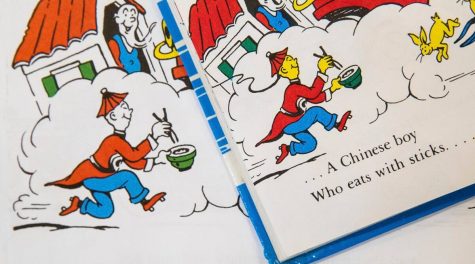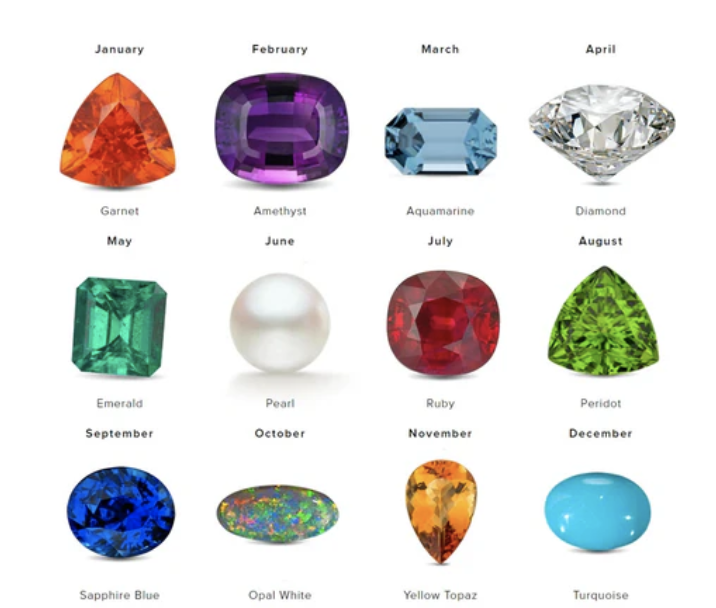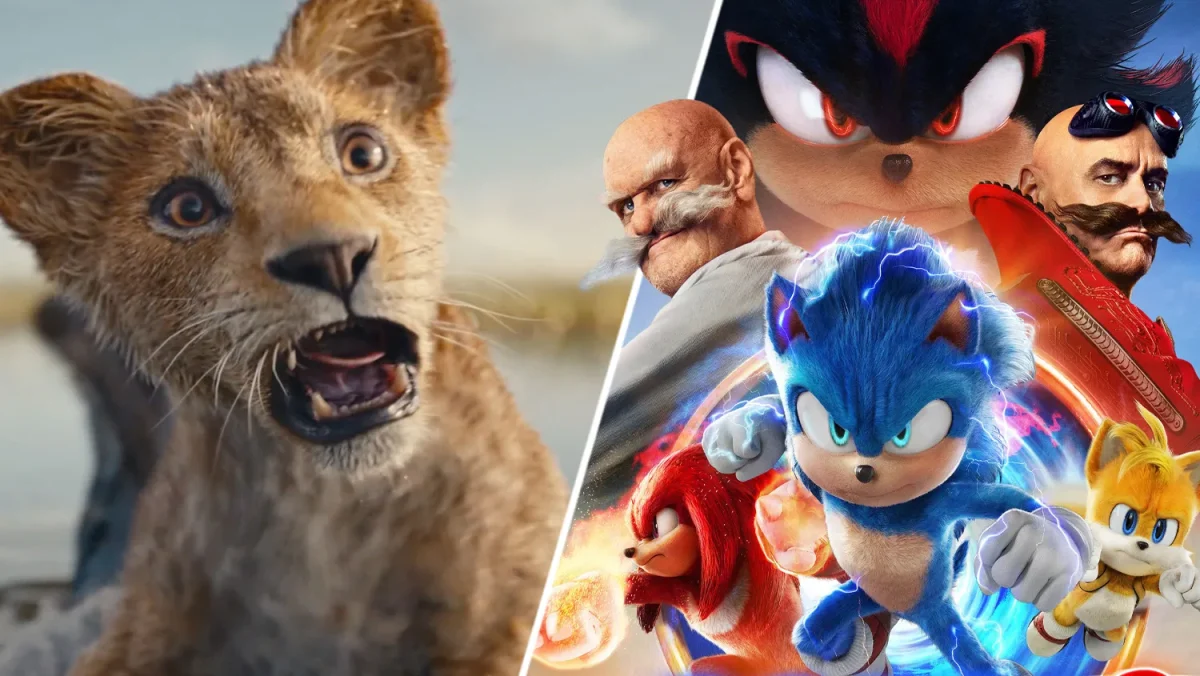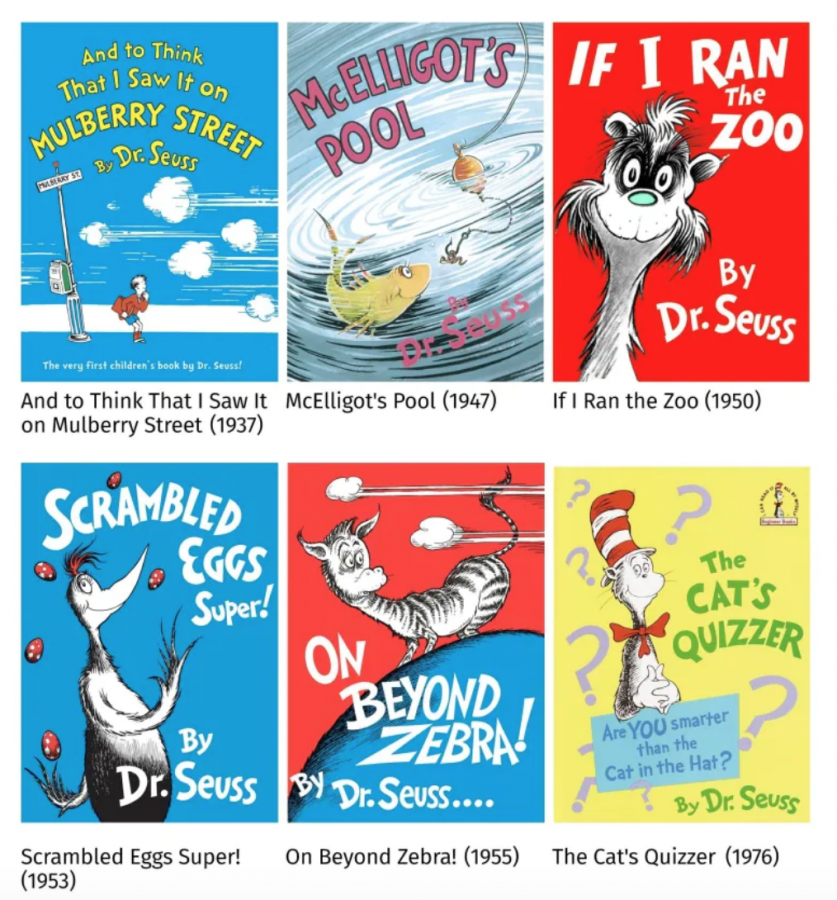The Removal of Racist Dr. Seuss Book is not Cancel Culture, It’s Progress
Six Dr. Seuss books will no longer be published because of their racist and insensitive imagery.
March 22, 2021
On Tuesday, March 2, the business that maintains Dr. Seuss’s legacy announced that six of the acclaimed author’s children’s books will no longer be published due to their featuring of racist imagery. These six books published from the 1930s to the 1970s include And to Think That I Saw It on Mulberry Street, If I Ran the Zoo, McElligot’s Pool, On Beyond Zebra!, Scrambled Eggs Super!, and The Cat’s Quizzer, as, according to Dr. Seuss Enterprises, they each “portray people in ways that are hurtful and wrong.”
With the announcement that the publishing of these books would be pulled came the differing reactions among the public. Many, including Sammy Baloch (12) were “excited to see such strong action taken in ensuring the prevention of spreading racist stereotypes,” but others found this to be, yet again, another example of the toxicities of cancel culture.
Cancel culture is when an individual, typically a public figure, has done something deemed offensive, so people withdraw their support for them, thus becoming “canceled.” While this may be a case of cancel culture, it is definitely not unwarranted. Dr. Seuss included outdated imagery in his books even for the time in which they were published. According to professor of children’s and young adult literature at the University of Pennsylvania, Ebony Thomas, “Even during that time, our ancestors and elders were protesting racist works and producing alternative stories for our children.”
In “And to Think That I Saw It on Mulberry Street,” a white man appears to be using a whip on a man of color. “If I Ran the Zoo,” features two shirtless men from Africa, shoeless, wearing grass skirts while holding an exotic animal.

Not only do his books perpetuate dangerous stereotypes, but they also have very little representation for people of color. According to a survey done in 2019, 2% of Seuss’s works had humans that were people of color, the other 98% being entirely white. The few times people of color were featured in his work, racist ideas were displayed.
Unfortunately, there are countless books that hold racist imagery and stereotypes such as Dr. Seuss’s, but the difference between those and Seuss’s books is their popularity and their target audience.
Dr. Seuss is iconic in the children’s literary world, and he continues to be. Forbes placed him at No. 2 on its highest-paid dead celebrities of 2020, proving that despite his death, the acclaimed author continues to hold relevancy in today’s society. This status he continues to hold is deeply problematic because of his definitive influence among children.
According to healthychildren.org, children internalize racial bias as young as age two. For many children, Dr. Seuss’s books are their first encounter with books and reading, so for their foundational reading to include racist principles, there could be negative persuasion on these impressionable minds.
As Americans work towards equality in a white-supremacist-rich country, the removal of racist children’s books is simply the bare minimum. Especially since these books that include racist stereotypes are taught to children at the introduction of their literary encounters, the removal of publishing plays a great role in working towards an overall safer country.
Dr. Seuss will always be an icon for releasing books like One fish, two fish, red fish, blue fish and Oh, the Places You’ll Go!, but that does not mean he should not be held accountable for the unacceptable depiction of people of color in his work. With his target audience being young children, it is imperative that his shameful work no longer be published, as it can diminish the force of racial bias upon young, impressionable minds.








































Sharon Sun • Apr 10, 2021 at 5:24 PM
I completely agree with this. In particular, a lot of Dr. Seuss publications are directed towards children because of their fun imagery and cartoons, so it’s important to prevent such racist messages from being taught and moulding the younger generation.
KAYDEN MANDLEY • Mar 31, 2021 at 11:47 AM
This is an amazing article, Riley. I didn’t know about the controversy with Dr. Suess and his books until I read this article. It was very informative, and I think it is super important that we continue with this progress.